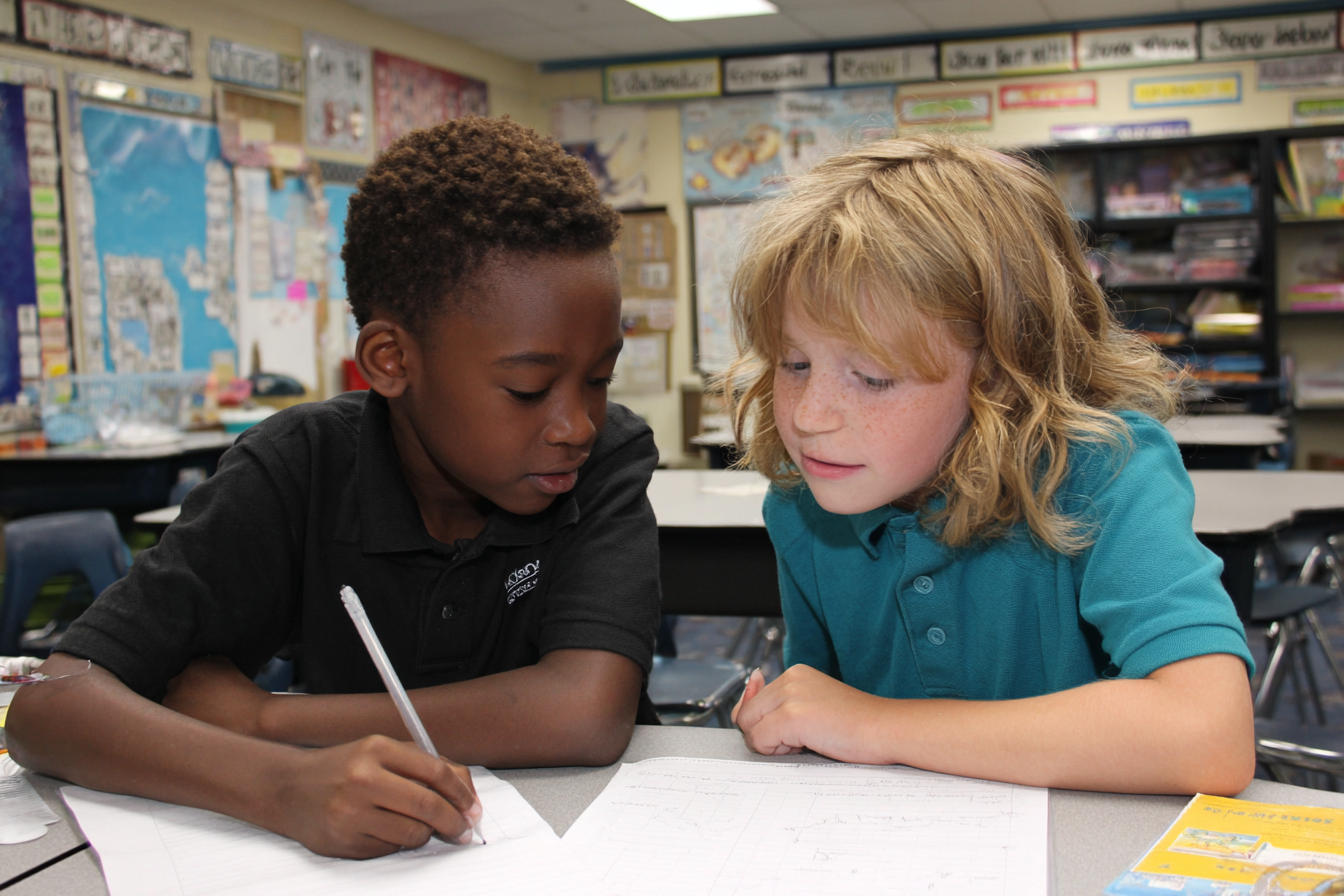Unit Plan 31 (Grade 4 Social Studies): Trade and Interdependence
Trace how a key state product is made and moved using natural, human, and capital resources, and see how highways, railroads, canals, dams, and ports connect our community to national and global trade, highlighting interdependence and the benefits and costs of resource use.

Focus: Trace the journey of a state product and explain how it connects our community to national and global trade, highlighting interdependence, resources, and infrastructure. Students examine how natural, human, and capital resources support key industries and how highways, railroads, canals, dams, and ports help move goods from producers to consumers in other regions and countries.
Grade Level: 4
Subject Area: Social Studies (Economics • Geography)
Total Unit Duration: 5 sessions (one week), 45–60 minutes per session
I. Introduction
Students explore how a state product (such as a crop, manufactured item, or resource) travels from where it is produced to where it is used—sometimes across the country or even around the world. They learn that trade connects people and places and that no place can easily provide everything it needs. Using maps, diagrams, and short readings, students see how interdependence works: our state depends on other places for some goods/services, and other places depend on us. They also examine how infrastructure (highways, railroads, canals, dams, and ports) helps move goods, and how using resources involves both benefits and costs.
Essential Questions
- What is trade, and how does it connect our state to other states and countries?
- What does it mean for people and places to be interdependent?
- How do natural, human, and capital resources support key products and industries in our state?
- How do human-made features like highways, railroads, canals, dams, and ports help move goods from producers to consumers?
- What are some benefits and costs of producing and trading a state product for people and the environment?
II. Objectives and Standards
Learning Objectives — Students will be able to:
- Define trade and interdependence and give examples of how our state trades with other states and countries.
- Identify a key state product and list the natural, human, and capital resources needed to produce it.
- Describe how human-made features and infrastructure (e.g., highways, railroads, canals, dams, ports) help move goods.
- Create a trade flow diagram or map showing the journey of one state product from producer to consumers in other regions or countries.
- Explain at least one benefit (jobs, income, needed goods) and one cost or trade-off (pollution, resource use, environmental impacts) of producing and trading that product.
- Complete a “State Product Trade Story” that tells how a product is made, how it travels, and how different people and places depend on one another.
Standards Alignment — 4th Grade (C3-based custom)
- 4.C3.Econ.4 — Explain trade and interdependence within/beyond the state; use simple supply/demand ideas.
- Example: Trace how a state crop moves from farm to market to consumers.
- 4.C3.Econ.5 — Identify natural, human, and capital resources that support key state industries; weigh benefits/costs.
- Example: For a major state product, list resources and possible environmental trade-offs.
- 4.C3.Geo.4 — Explain human-made features/infrastructure (dams, canals, highways) and their purposes/impacts.
- Example: Show how a dam changed energy, irrigation, and recreation.
Success Criteria — Student Language
- I can explain what trade and interdependence mean and give at least one example.
- I can name the natural, human, and capital resources used to make a key state product.
- I can show how roads, railroads, canals, dams, or ports help move goods from one place to another.
- I can create a diagram or map that traces the journey of a product from producer to consumer.
- I can describe at least one benefit and one cost of producing and trading a state product.
- I can tell a clear State Product Trade Story that someone else can understand.
